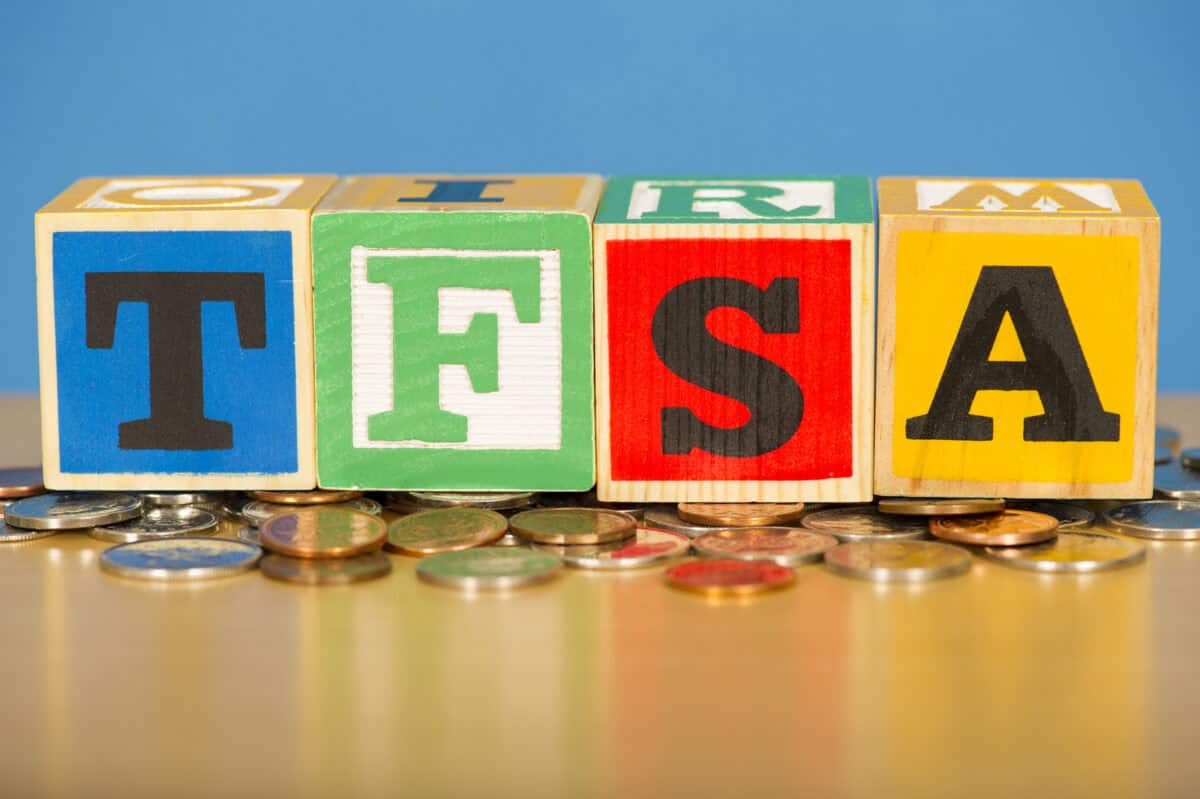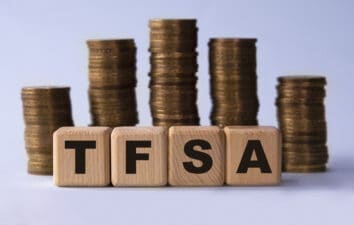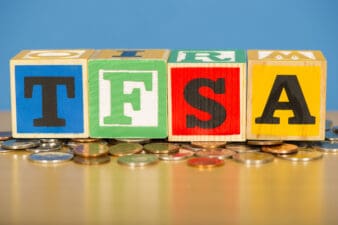With a new year upon us, Canadian investors get to take advantage of new TFSA (Tax-Free Savings Account) contribution room. The Canada Revenue Agency increased the 2025 contribution limit by $7,000. The more you can invest tax-free, the more you can compound your wealth over time.
If you turn 18 years old in 2025, you can only contribute a total of $7,000 to the TFSA. However, if you were born in 1991 or earlier (and were a Canadian resident by 2009), you can contribute a grand total of $102,000!
Start saving regularly for your TFSA
If you are a new TFSA investor, even $7,000 might seem like a lot. However, if you break your contribution up throughout the year, it is much more tangible. A $585 per month instalment is a lot more tangible contribution than a $7,000 lump sum.
Unfortunately, many Canadians waste their TFSA by treating it as a mere high interest savings account. While saving any cash for a rainy day is a good idea, investing that cash is an even better idea.
Your TFSA can be worth many multiples of your initial contributions if you invest wisely
Just $7,000 compounded by a 10% annual rate of return for 15 years could be worth almost $30,000. When you don’t pay tax, your returns add up more quickly. If that same $7,000 sat in a high interest TFSA account (say earning only 2% annual interest (if you are lucky)), that cash would only be worth $9,421 in 15 years.
That is more than a $20,000 difference! If you have a long time horizon, investing through your TFSA is a wonderful way to build wealth.
If you are wondering what kind of stocks to hold, here are two known Canadian companies that have delivered steady 10%-plus average returns over the past many years.
Royal Bank: Returns better than you might think
You don’t necessarily have to look hard to find great winners for the long run. With a market cap of $243 billion, Royal Bank of Canada (TSX:RY) is Canada’s largest publicly listed company. Yet, it has still delivered really solid returns for shareholders.
If you add in the dividends it has distributed, it has earned a total compounded annual return of 12.6% over the past 15 years. The bank is very prudently managed. RBC has managed to deliver a consistency that most other Canadian banks have not harnessed.
Royal Bank has avoided many of the pitfalls that TD Bank has slammed into. As a result, it is quickly taking market share from its largest competitors.
After rising 33% in 2024, Royal is not the cheapest bank. However, if you want a quality, reliable company in your TFSA, that is what you will get with Royal.
CPKC: A solid blue chip for the long run
Canadian Pacific Kansas City (TSX:CP) is another blue chip stock worth holding in a TFSA. 2024 wasn’t a great year for its stock. However, the past 15 years have delivered pretty good 10.5% compounded annual total returns.
While the past is good, the future could be even better. After Canadian Pacific acquired Kansas City Southern Railway, it nearly doubled the size of its railroad network. It also became the only North American railroad that extends across the continent both by length and width.
The company believes it could grow earnings per share by a strong mid-teens rate for the foreseeable future. With a strong management team, a great network, and many growth opportunities, this stock could deliver very solid returns for TFSA investors in the years ahead.









